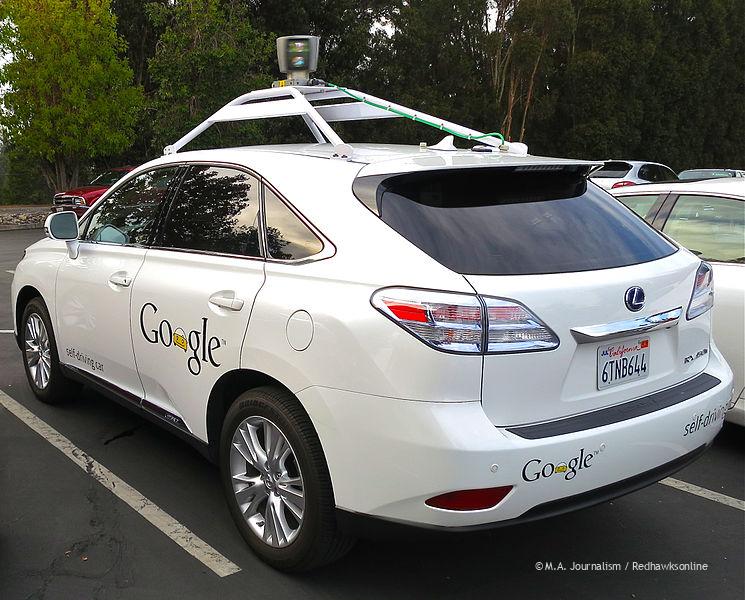On May 7, 2016, Joshua Brown died behind the wheel of his Tesla Model S. He did not decelerate when a tractor-trailer turned left in front of him on US Highway 27 in Florida. The top half of his car was scraped off by the trailer; he spiraled out of control, struck two fences and a power pole and came to rest on the side of the road, vehicle unrecognizable. However, Brown was not in control of his car-not even before the crash.
Brown had been using the Tesla’s Autopilot function, a special feature in the Model S. With Autopilot turned on, the car drives itself. The Autopilot system is capable of controlling nearly all aspects of driving, including lane changes and stop-and-go traffic.
However, drivers must remain attentive in the case that Autopilot is unable to operate properly. The Model S allows the driver to regain control at any time. Furthermore, the system requires the driver to take over when it loses sight of road markings or encounters an unfamiliar situation.
In the case of Brown, “neither Autopilot nor the driver noticed the white side of the tractor-trailer against a brightly lit sky, so the brake was not applied,” said Tesla in a news release following Brown’s death.
The fatal crash on May 7 was the first since Tesla introduced Autopilot in October of 2014. According to Tesla, the fatality marks the only deadly crash in more than 130 million miles driven with Autopilot. Last year, the National Highway Traffic Safety Administration (NHTSA) reported a total of 35,200 traffic-related deaths in the US, or 1.12 fatalities per 100 million miles traveled, compared to 0.78 fatalities per 100 million miles traveled by Tesla’s Autopilot.
The NHTSA also reported that “ninety-four percent of crashes can be tied back to a human choice or error.” Of the 35,200 traffic-related deaths, the NHTSA estimates that over 33,000 were caused by human error-the number one cause of traffic-related deaths. The best way to account for human error? Take it out of the picture all together.
With Autopilot employed, human error is completely eliminated. When a driver relinquishes control, he or she cannot make a mistake. Accidents are much less likely with Autopilot employed, especially when the driver remains attentive at all time.
“We have had no close calls [using Autopilot],” said sophomore Sammi Martin, whose family owns a Tesla Model S. “I would definitely say that I’ve had more close calls with human drivers. [Autopilot] is something that is a little more reliable. There are a lot more factors if a human is behind the wheel.”
Tesla isn’t alone in rolling out an autonomous-driving system. GM plans to release its SuperCruise feature-which operates to the same degree as Autopilot-next year. Mercedes Benz just launched a semi-automated system called Drive Pilot. Similarly, Audi and BMW have expanded their currently existing driver-assistance systems. On Sept. 11, Tesla announced its release of Autopilot 8.0, an updated version of Autopilot with increased safety capabilities.
As many auto-manufacturing giants tend towards autonomy, it is safe to say that the technology is trusted and more advanced self-driving capabilities are on their way.
Google has also been testing autonomous vehicles since 2009. In February of this year, Google’s self-driving car caused its first crash in more than 1.3 million miles driven. According to the accident report, the crash was minor: Google’s car was travelling at 2 mph. The car’s previous 17 crashes were all caused by human error.
While it remains unclear whether Autopilot or human error was to blame for Brown’s death, one thing was for sure: He loved the car and believed in the technology. Before his death, Brown uploaded YouTube videos of his Tesla driving itself. In his most popular video, titled “Autopilot Saves Model S,” the vehicle prevents a potentially life-threatening crash; when a white truck cut into the Tesla’s lane, Autopilot swerved the car onto the shoulder.
To many, the thought of surrendering control of their vehicle is terrifying. Falling victim to a fatal technological error in a powerful vehicle is a fearful death indeed, but the data suggest that eliminating human error could reduce thousands of traffic-related deaths per year. The technology is constantly improving: Tesla frequently releases software updates for its Autopilot system, and Google hopes to make public its experienced self-driving cars by 2020. Autonomous driving is inevitable in the near future. But even now, it’s a safe alternative.

